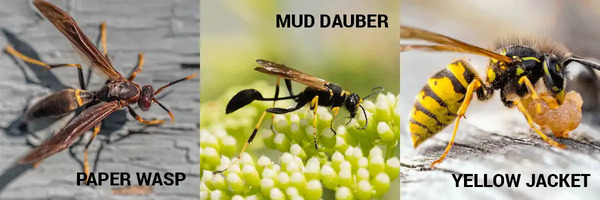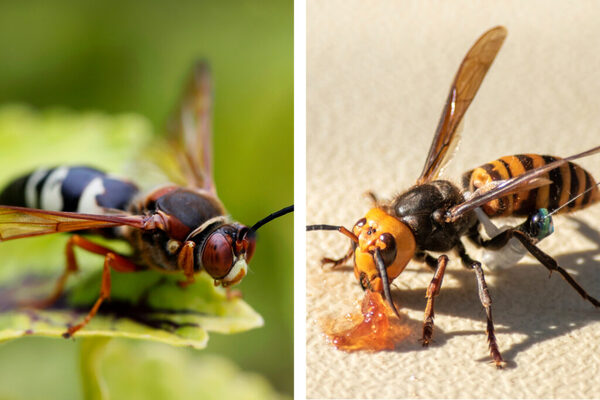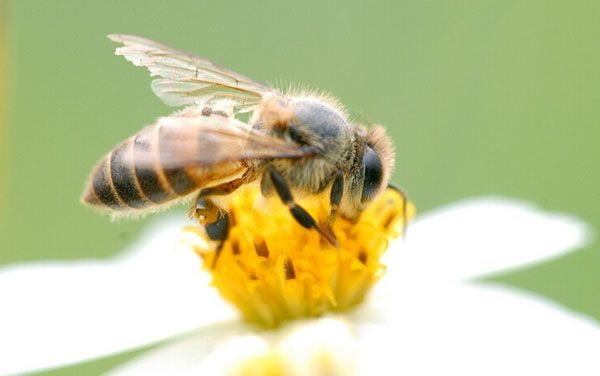
Nature is full of fascinating creatures—many of which we encounter frequently in our surroundings. However, some species are less familiar, either because they’re rare or not native to our region. One such insect is the potter wasp—a solitary, mud-building wasp species that has attracted growing...

When you're spending time outdoors, you might encounter a variety of stinging insects. Among the most common are hornets, yellow jackets, and wasps. While they might seem similar at first glance, there are some important differences between them. In this article, we'll break down the distinc...

When it comes to stinging insects,killer beesandwaspsare often considered dangerous due to their defensive behavior and painful stings. But they’re not alone. Many other types of bees and wasps exist, each with unique characteristics, regions, roles, and threat levels. Let’...

When keeping bees, it is very important to prevent wasp infestations. Wasps pose a threat to bee colonies because they may prey on bees, steal honey and beeswax, and even take over the hive. Here’s a detailed look at some ways to prevent wasps from threatening bees: Nest placement:...

Ants and wasps are two common social bees. They have some differences in appearance, habits and lifestyles. Here is a detailed introduction to ants and wasps: Apis mellifera: Appearance: Most of the Apis mellifera's body is covered with yellow or brown down, with black markings. The...

Parasitic natural enemies are also a powerful force in protecting plants from enemy damage. Parasitoid wasps are the most common type of parasitic insects, belonging to the order Hymenoptera. They have two pairs of thin, transparent wings. Parasitic wasps are very capable and can find pests w...

China is the birthplace of the Oriental bee. In the list of insects we know and use, bees undoubtedly rank among the top three. With the advancement of research methods such as molecular biology, new discoveries about bees are still being exposed. No, several research teams from the Xishuangb...